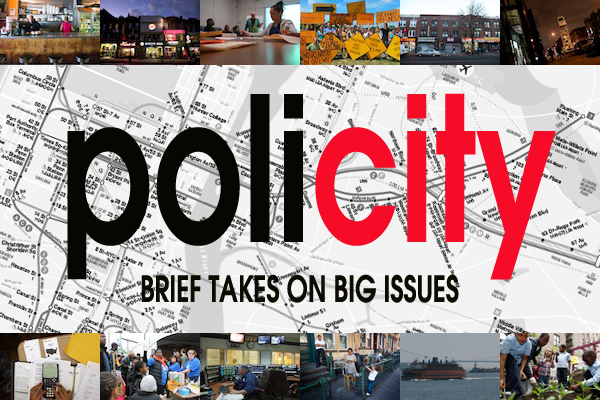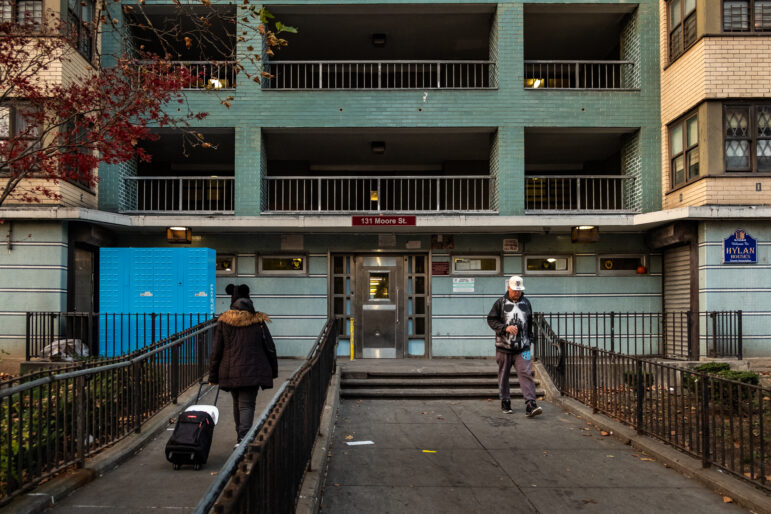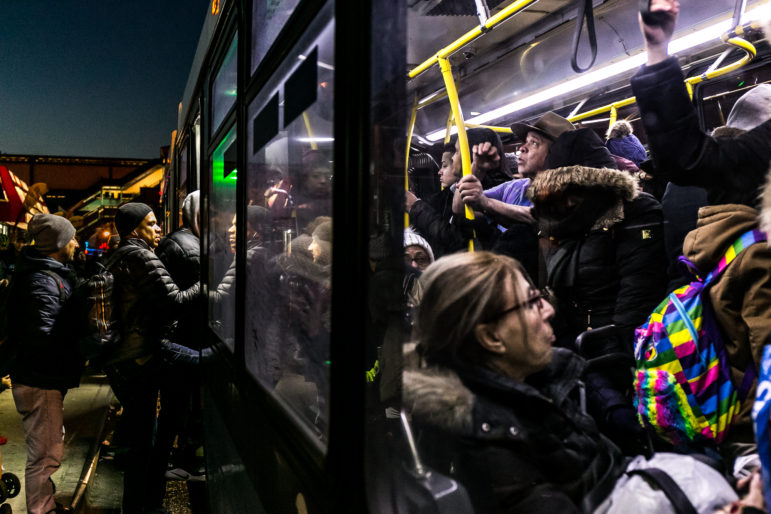
Photo by: M. Fader, P. Gabel, A. Talwar, K.A. Cote, J. Murphy, N. de Mause, O. Morrison, G. Flynn
Policity is a new feature on the CityWire blog highlighting reports, proposals, debates and other news about critical policy issues.
Before he was sworn in as mayor, Bill de Blasio claimed a role as a national leader for progressive urban policy. Now, as the city awaits the formal unveiling of his affordable housing plan on May 1, there’s new evidence of a policy void the mayor can fill.
More and more tenants around the United States are getting squeezed by unaffordable rents—not just (as The New York Times points out) in the traditional high-rent cities like ours, but also in smaller towns.
The Times story is based on a Harvard study that found, “the share of renters paying more than 30 percent of income for housing, the traditional measure of affordability, rose 12 percentage points over the decade, reaching 50 percent in 2010.”
Most of that increase, the researchers wrote, occurred among people paying more than half their income in rent. As Shaila Dewan notes in her story, that trend not only threatens people’s ability to keep a roof over their heads, it also chokes off what they can spend on other stuff, stifling broader economic growth.
What’s to blame? Partly it’s the recession, which drove foreclosed homeowners into the rental market and depressed the incomes and credit scores of market newcomers who are looking for rentals but might otherwise have jumped into the game as homebuyers.
One thing that’s pretty clearly not to blame is a lack of supply. Among the 100 largest metro areas, two thirds have seen more permits issued for multifamily construction in the past year than was typical in the booming 2000s.
The problem though, is that, “Against the backdrop of the rental market recovery, declining
renter incomes continue to add to longstanding affordability pressures,” the Harvard study says. “… [T]he affordability problem fundamentally reflects the simple fact that the cost of providing decent housing exceeds what low-income renters can afford to pay.”
There used to be a school of thought that the housing problem in New York City was driven by unique local costs fueled by union labor fees, rent controls, the building code and so on.
And the Bloomberg administration often argued that any additions to the rental housing supply—whether on the high end or the low end—helped to fill the gap between demand and supply that drove rents skyward.
But the Times story and Harvard report make clear that what’s happening here is not unique to the city, and is not a supply issue. It’s an income issue. People simply can’t afford to pay for what it costs private building owners to provide housing. The feds have shown little interest in helping to make the math work. Looks like it will be up to cities—starting with New York under de Blasio—to figure out a way to step up and address the crisis.








